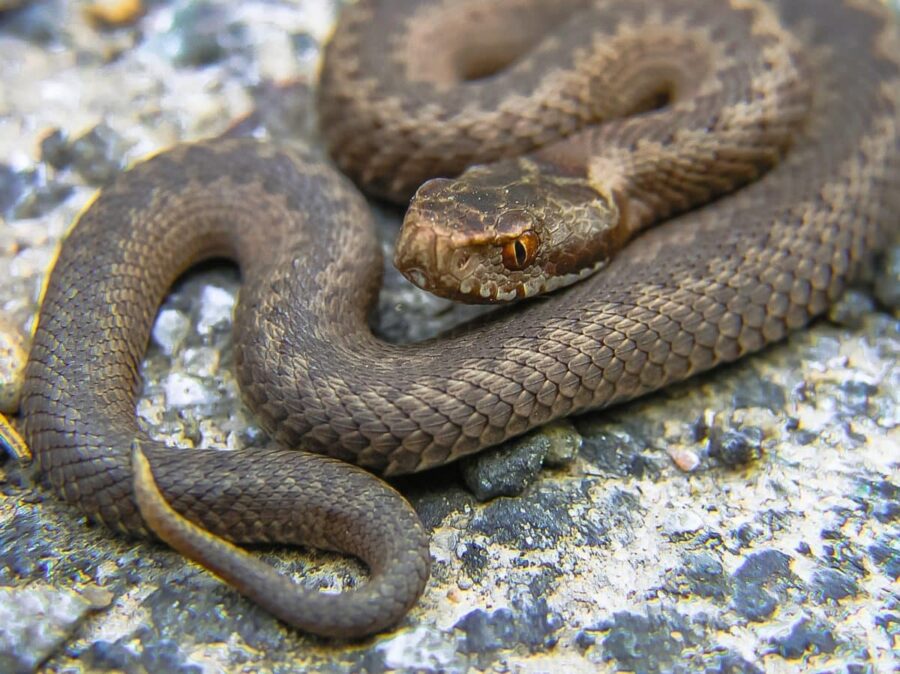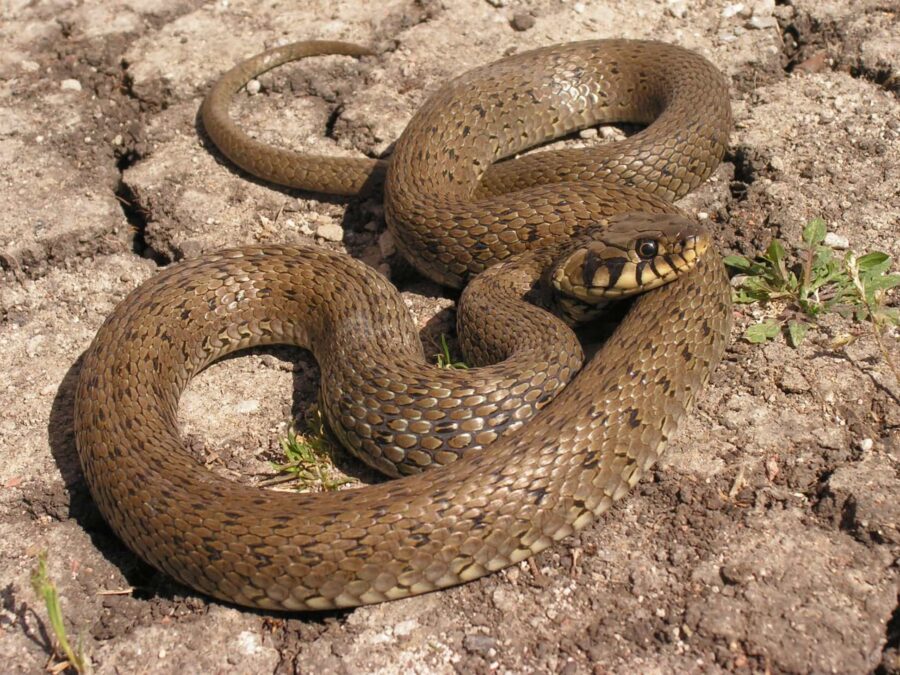Scientists Discover Snakes Have A Terrifying New Way Of Getting Around
Scientists have discovered a new, and potentially very harmful, style of movement for snakes. The impact could be devastating.
This article is more than 2 years old

Snakes were already coming close to the thing of nightmares for some people (raises hand) with the thoughts that these slithering reptiles could find their way into our lives silently with possible deadly intentions. And maybe that fear gets ramped up even more now because scientists have just found out that snakes have a new way of getting around, something that could pose serious consequences for various environmental life.
Scientists from Colorado State University and the University of Cincinnati discovered that snakes have added a new form of locomotion to their repertoire, this latest one making for a worrisome venture going forward. The new form of movement is described as lassoing, or coiling around a cylindrical object and effectively slithering up and around it. Don’t get confused with previously held ideas around snake movement, curling around sticks and whatnot. This new form allows them to move up and around larger and smoother cylinders, sometimes ones that are put in place to protect other species.
Watch the creepy movement right here:
This startling discovery around snake movement was made when the scientists were working on protecting different bird populations in Guam from the brown snake. They put some protective measures around trees with bird nests, primarily cylindrical baffles meant specifically to stop snakes from slithering up the trunk of the tree. In the past, these had worked to protect the nests because the movement of snakes prohibited them from being able to move along a wider, smoother, and rounder surface. Oops, not anymore.
What they observed were the snakes initially being stopped by the baffles, but then over a rather short period of time, adapting to the structure and using this new form of lassoing to “shimmy” up and around it. Basically, the brown snake wraps itself around the structure, using it’s back end to form something of a loop (picture, well, a lasso) and uses that to gain leverage as it moves up. As long as the snake’s length is more than the circumference of the barrier, it’s game on. This form of movement means it can now scale almost any round structure (tree, baffle, whatever) to gain access to species living higher up.

The reason this new form of snake movement is a major problem, according to scientists, is that now an invasive species like the brown snake can decimate previously protected groups. Those bird nests are now easy pickings for the snake if they can climb into almost any area and it’s a contributing factor to Guam’s native bird species being nearly wiped out. In the past, natural defenses offered protection for birds and other tree creatures, but those are being subverted.
Look, as if the potentially scary idea of snakes wasn’t unsettling enough, now we have to think about the species figuring out new ways to get around basic defense mechanisms. If the brown snake in Guam can have access to all the birds it wants, it’s likely only a matter of time until that same issue crops up in other areas as well. This new development in snake movement could have some worldwide consequences.












